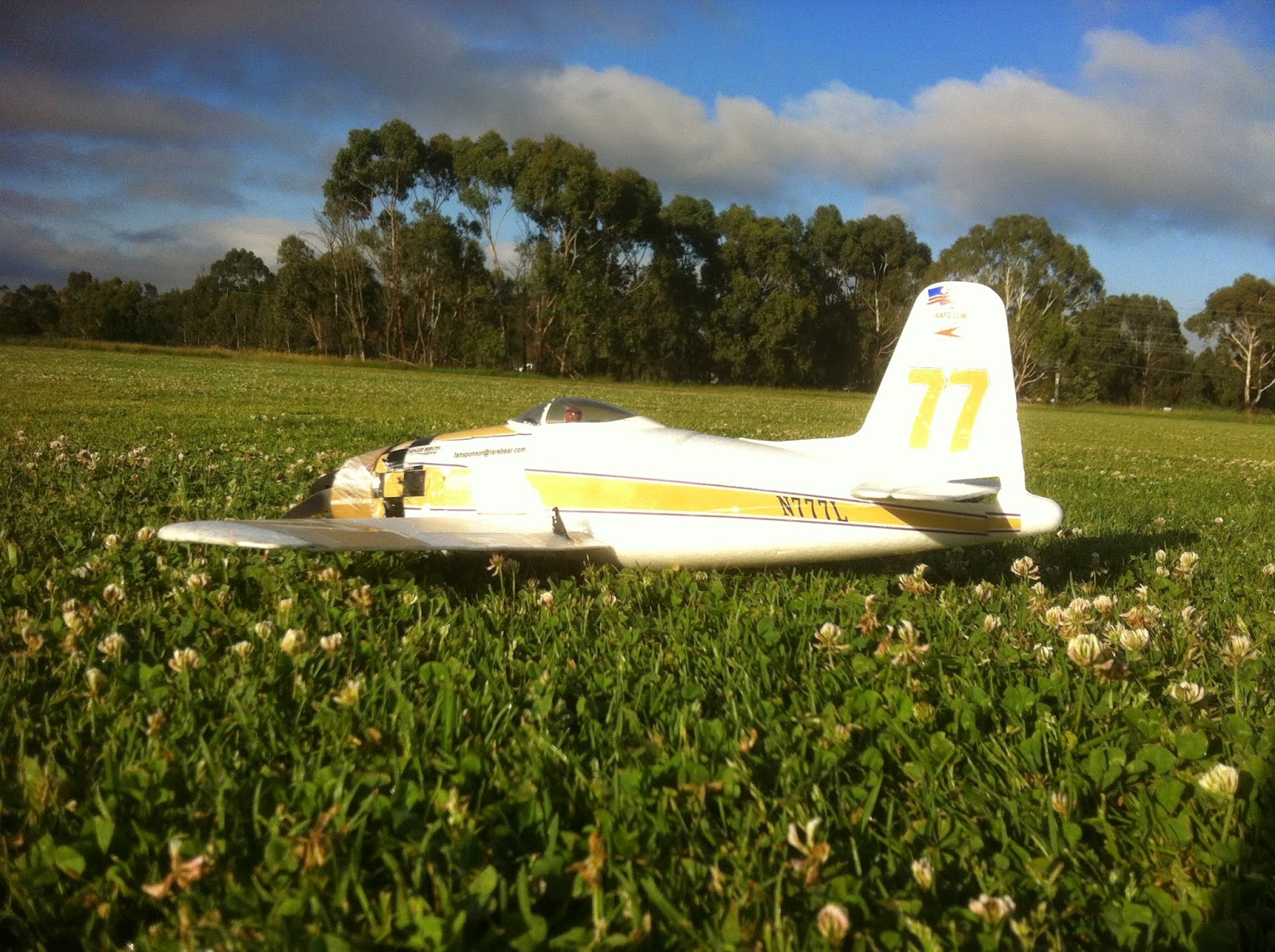I've been searching for options to replace the Phoenix after its disastrous crash. It may be repairable, however with its foam wings already susceptible to deformation in the warming weather and combined with a massive crash repair, I don't think it would be flying very straight.
Hence looking at composite gliders, although one soon realises that carbon wings are very expensive, with a two metre ARF carbon glider in the region of five hundred smackers.
The Raptor, therefore, provided an intermediate solution, with a fibreglass fuselage and fibreglass/balsa combination wing hopefully providing more durability than EPO, and the ARF package coming in at just over a hundred bucks.
It'll need six servos, more expensive metal-geared bearing units being recommended, and I'll probably use the spare Phoenix motor I have along with the carbon prop which survived the crash.
To that just needs to be added an appropriate spinner and we should be good to go using a trusty 2200 3S pack to get the Raptor soaring into the air...

